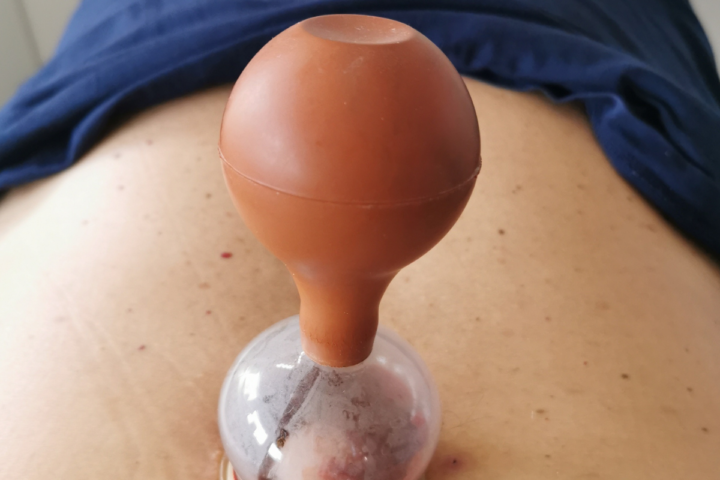Sedentary lifestyles, working in front of a computer, jobs requiring prolonged bending of the head, lack of exercise - all of these can cause pain in the cervical spine and contribute to the development of cervical discopathy. Neck discomfort should not be underestimated; any prolonged discomfort should not be ignored. neck pain should be checked, because back pain is no joke.
Neck pain - where does it come from?
More than 30 per cent of adults experience pain from the cervical spine. This is most often caused by adopting an incorrect posture while working or sleeping, resulting in so-called tension pain.
Other causes of neck pain can also be:
- lack of exercise or exercise overload,
- being in drag,
- thyroid diseases causing gland compression,
- stress,
- computer work,
- degenerative conditions,
- inflammation of the neck.If you are experiencing severe neck and shoulder pain that does not go away despite taking painkillers, see an orthopaedic or neurological specialist as soon as possible, who will order diagnostic imaging and make a diagnosis. Once you have this, it is worth taking advantage of the expertise of qualified physiotherapists.
Additional symptoms that may occur along with neck pain:
Symptoms often accompanying neck pain include:
- shoulder pain,
- a pulling sensation along the neck,
- tinnitus,
- restriction of movement,
- numbness and tingling in the hands,
- crackling and grinding in the neck,
- inability to hold objects in the hand,
- muscle strength disorders.
It is worth noting that excessive tension in this area can also cause headaches.

Diseases that can cause neck pain
The main cause of neck pain is generally a severe strain on the spine in the cervical region. The muscles then may be stretched and also fatigued. Sometimes, the pain can also be caused by nerve compression caused by a disc or rubbing of the cervical vertebrae. People who are immobile for long periods of time, e.g. when working at a computer or in draughts, tend to suffer from frequent back pain in the cervical region. It can also be caused by stress, trauma e.g. after a car accident, incorrect sleeping position, as well as sudden movements causing muscle strain and diseases of the larynx, ears or throat.
Neck pain, although it can sometimes look innocent, can be a symptom of many diseases. These include:
- shoulder sciatica,
- destruction of vertebrae due to osteoporosis,
- cervical spinal canal stenosis,
- degenerative changes in the spine,
- cervical discopathy.
How to prevent and treat degenerative changes in the neck?
A sedentary lifestyle, prolonged work in front of a computer, frequent stress and lack of physical activity can accentuate pain in the neck and shoulders. Even mild changes and discomfort over time can lead even to degenerative changes, which is why they must be prevented. If the pain occurs sporadically and is not very severe, but is clearly related to long periods of monotonous work, it is advisable to use exercises to help loosen up the tense neck and shoulder muscles.
Among the most effective are exercises for the cervical spine involving stretching and relaxing the muscles of the neck and shoulders.
Such exercises are worth doing several times a day, during a break from work, when the first symptoms of pain appear.
If you experience neck pain as soon as you wake up, it is a good idea to replace your usual pillow with an orthopaedic pillow. This relieves the pressure on the muscles, as the cervical region is then correctly positioned during sleep. For many patients, however, effective rehabilitation is an effective solution; specialists ensure that systematic exercise brings the desired relief.
During cervical spine rehabilitation, treatments such as: magnetic fieldmassage, ultrasound, cryotherapy, laser or electrotherapy. With very severe pain, injections to reduce the intensity of the pain are sometimes necessary.




